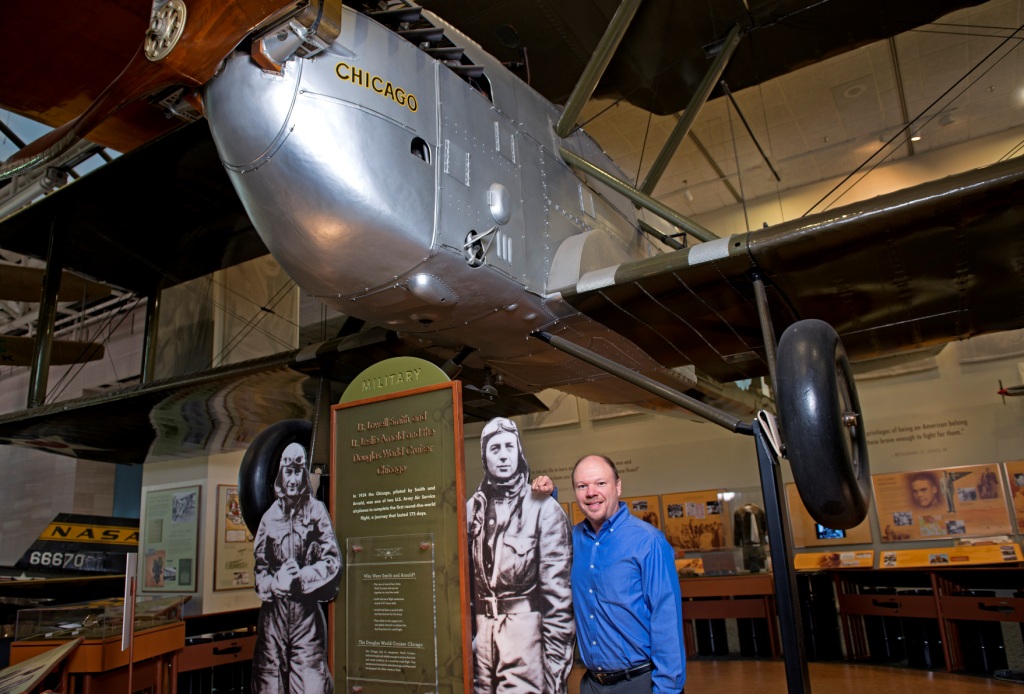
An Interview with Timothy Grove – Chief of Museum Learning, National Air and Space Museum and Co-Founder of History Relevance
Risa Gluskin e-interviewed Timothy Grove in January, 2018.
OHASSTA endorsed History Relevance’s Values of History statement.
What got you interested in history after starting out in journalism and public relations?
I loved history from a young age, I think because my parents took me to historic sites and my active imagination could see history taking place. I didn’t originally study history in college because I didn’t want to go into formal education. I didn’t know about the field of public history. I’ve learned that a foundation in writing and PR serves me well in my history work.
How did you come to be an executive committee member of History Relevance?
I actually co-founded the History Relevance initiative. In truth it was a reaction to the strong brand that STEM is and wondering why history is not considered essential. It all started with a small group of public historians sitting around questioning why the public goes to movies like “Lincoln” but society generally doesn’t place value on studying the past or recognize the links between past and present. It is also built on the recognition that the history field doesn’t do a great job with presenting a unified voice/message. We can do much better at articulating why the study of the past is so important for a healthy society. I work at an institution that sits on the intersection of history and science – with a focus on history of technology – and I noticed so much talk only on STEM skills. The reality is students need a good cross-disciplinary foundation.
What is the most creative method of using History Relevance’s “value of history statement” that you have seen?
I have seen organizations incorporate it into annual reports and other documents for donors. I have seen discuss it with various stakeholders, from boards to docents. I have even heard of a historic site director taking the statement to his local chamber of commerce meeting.
Are you more concerned about history education in primary and secondary schools or society in general’s awareness of history?
The concern at the moment is a lack of critical thinking skills. Historical thinking must be taught whenever history is taught. But the general public, too, must understand that history is complex and based on multiple perspectives and interpretations change based on the evidence. And, not all evidence is equal, there are strengths and limitations to each kind of primary source evidence. We must do better at educating all levels of society about the process of history.
How engaged are young people when you use technology in museum displays?
There are mixed opinions about technology in exhibitions. Certainly young people are drawn to technological bells and whistles, but some practitioners would argue that strong mechanical interactives that they can manipulate will hold attention longer. For me it’s about the objects and all technology needs to direct attention to and help illuminate the objects and other primary source materials. The technology should be transparent, it’s really about the educational message.


